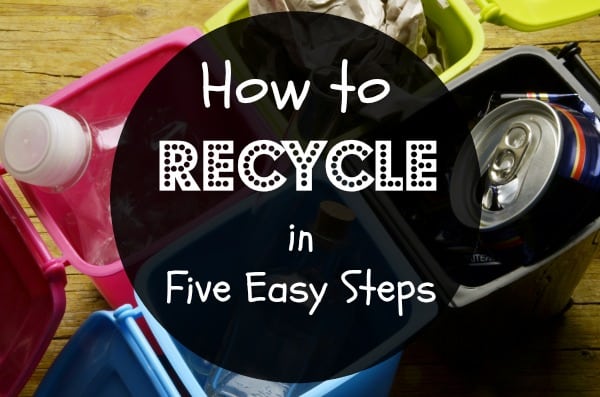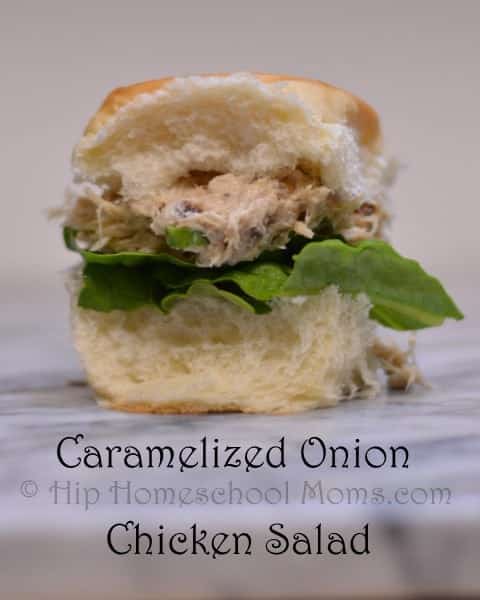How to Recycle in Five Easy Steps
Because Earth Day is coming up on April 22nd, hopefully more people are thinking about how they can better preserve the quality of life we live on earth by taking care of the environment. If you are feeling the urge, then here are some tips you can share with your children to help them learn how to recycle in five easy steps.

#1 Decide what to recycle.
Items that can be recycled range from the overused paper towel to that hard-to-put-down cell phone. Most residential recycling programs include the following common items: plastic bottles, glass, paper products, and aluminum cans. Rubber and scrap metal are also taken at some recycling locations. Check with your local recycling center to see what other items they accept. The idea is to recycle and not become the neighborhood junkyard.
#2 A successful recycling program takes some effort.
As with most successful programs, the “dirty” work behind the scenes is often forgotten. When you recycle, you have to take on a new way of thinking. No, this is not cult indoctrination. You have to stop doing what is easy (open – use – toss into garbage) and actually take the time to think before tossing, to rinse (in some instances), and then sort with like, other recyclables. I was amazed at how quickly I reached for the garbage can after emptying a can, jar, or yogurt container. After I got my rhythm going, I had a nice little collection going on my kitchen counter–which brings me to the next point.
#3 Designate a recycling area with proper containers.
Setting up your recycling area with the proper containers is important because you don’t want your program to take over your home, and you also want to be able to accommodate your efforts. Our “holding area” started around our kitchen island. After missing our weekly scheduled trip to the recycling center, our recycling containers (paper bags), took over–creating a big trash area in our kitchen. Create an area in your garage or a less high-traffic area.
#4 Breakdown, bundle, remove, rinse, stomp, and then sort.
Prepare your recyclables before going to the center or placing curbside. All cardboard boxes should be broken down and flattened (not stomped on to flatten), newspapers bundled, bottle caps removed from plastic bottles and actually thrown away (donate or save for a homeschool activity), food containers rinsed, and aluminum cans flattened (let your children stomp on them). After preparing your recyclables, sort them into the proper containers. Sorting before going to the center will save you time and will make the process run more smoothly.
#5 Maintain your recycling area.
Water bottles are probably the safest item to have hanging around after use because they don’t attract creatures. Be sure to rinse any food containers right after emptying. This will reduce the potential for attracting bugs or pet curiosity. Properly prepare your recyclables for the center (empty and clean is preferred for food containers – glass, etc.), and create a cleaner environment (less smelly in the car too if you don’t have curbside pick-up) until your weekly garbage pick-up or center visit.
Do you have a working recycling program in your home? How do you recycle?









My new complete guide for the upcoming winter recycling! It looks like that it’s going to be much easier this year because I’ll combine it with one of my fave sayings: Proper preparation prevents failure! And just a piece of advice – once you’ve done and recycled your stuff it does not mean the process is over – all the stuff should be carefully taken to the nearest recycling center for subsequent actions
Thanks for the great recycling tips. I definitely agree that it’s important to decide what it is you want to recycle. There are so many options! Rubber, plastic, glass, scrap metal, paper, and everything else. Asking the local recycling station what they accept is a great idea.